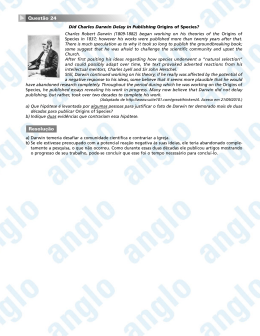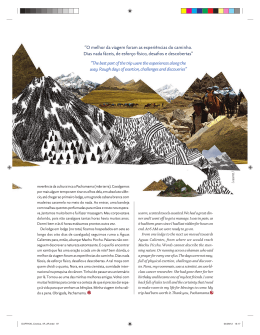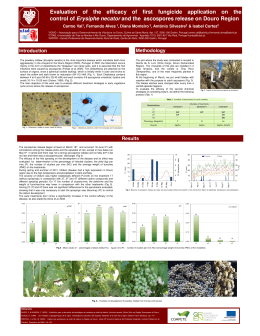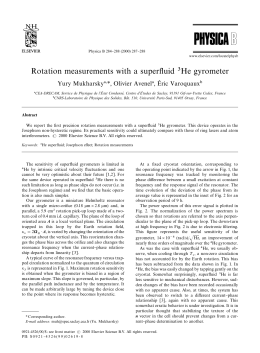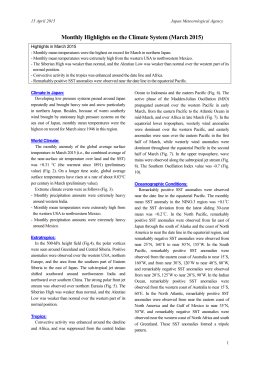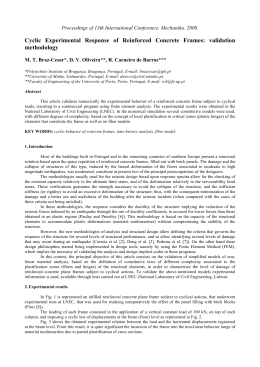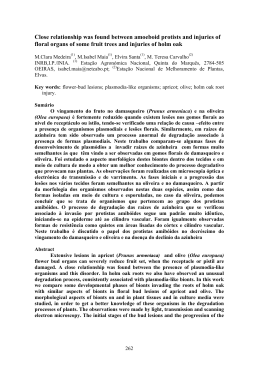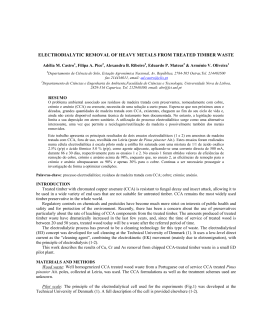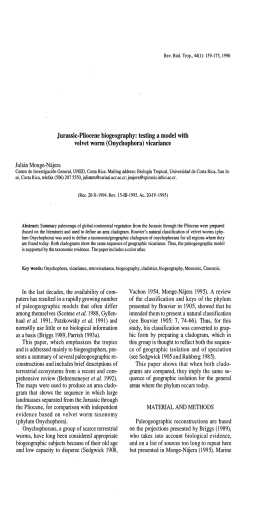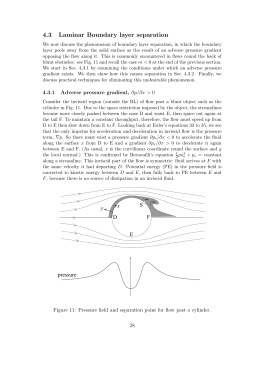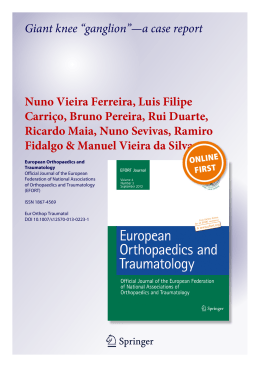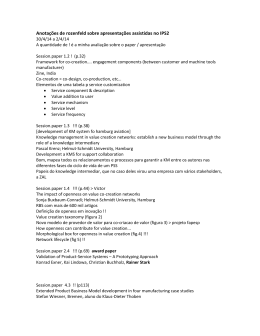A presente exposição reúne um conjunto de desenhos de artistas franceses que estiveram em Portugal entre as primeiras décadas do século XVIII e o final do século XIX, período em que a circulação dos artistas pelo espaço europeu (e mesmo fora deste) permitiu, pela primeira vez, uma ampla internacionalização das tendências estéticas mais em voga, a partir dos principais centros artísticos europeus. Aluno do célebre Antoine Watteau, o jovem pierre-antoine quillard (c. 1703-1733) optou por vir trabalhar para Lisboa, por razões de contornos ainda mal definidos, depois de ter falhado por duas vezes o Prix de Rome. Na bagagem trouxe a nova linguagem rocaille que imperava na corte francesa e o gosto pela captação do efémero, herdado do seu mestre, que encontramos na magnífica figura da «Pastora», desenhada na técnica dos três lápis, ou no leve esquisso de dois pastores (fig. 1 e 2). Entre as atividades a que esteve associado destacase a preparação de desenhos para gravar, alguns destinados à portada de livros, como parece ser o caso das Musas rodeando um Escudo Coroado (fig. 3). A sua morte precoce e um certo isolamento em relação ao meio artístico nacional conduziram a que não tenha deixado continuadores. O mais itinerante destes artistas foi jean pillement (1728-1808) que viajou por grande parte da Europa e esteve em Portugal por duas vezes, a primeira no decorrer das décadas de 1740-50 e a segunda durante a de 1780. A sua produção de paisagens, género em que se especializou, ocupa um lugar à parte no contexto da pintura do tempo. Ao longo da sua vida errante preencheu diversos cadernos de viagem com anotações – árvores, rochas, ribeiros, cascatas, pontes, rebanhos, bucólicos recantos – a partir das quais recompunha posteriormente paisagens idealizadas onde, por vezes, perpassa já uma sensibilidade pré-romântica da natureza (fig. 6). O seu interesse pelos temas marinhos e barcos levaram igualmente a atribuir-lhe as duas composições com embarcações (fig. 4 e 5) aqui presentes. Aluno de Joseph Vernet, alexandre-jean nöel (1752-1834) esteve também em Portugal na década de 1780, pintando e desenhando paisagens e curiosidades de Lisboa e da zona centro, entre as quais o obelisco quinhentista de Tomar (fig. 7) ou algumas vistas de Alcobaça (álbum, fig. 10) que aqui se mostram, fornecendo uma visão sem paralelo na época de alguns desses locais. This exhibition brings together a set of drawings by French artists who spent some time in Portugal between the first few decades of the 18th century and the end of the 19th century, a period when the regular movement of artists around Europe (and even outside this geographical area) led, for the first time, to the international spread of the most fashionable aesthetic trends of that period, radiating from the main European artistic centres. Trained by the famous Antoine Watteau, the young pierre-antoine quillard (c. 1703-1733) chose to come and work in Lisbon, for reasons that still remain unclear, after having failed on two occasions to be awarded the Prix de Rome. He brought with him the new rocaille language that reigned supreme in the French court and the fondness for capturing the ephemeral, inherited from his master, which we can find both in the magnificent figure of the «Shepherdess» (drawn using the three pencil technique) and in the gentle sketch of two shepherds (fig. 1 and 2). Among the activities with which he was associated was the preparation of drawings for engravings, some of which were destined to be used as frontispieces for books, as seems to have been the case with Muses around a Crowned Shield (fig. 3). His untimely death and a certain sense of isolation in relation to the Portuguese art world led to his having no heirs to continue his artistic legacy. The most widely travelled of these artists was jean pillement (1728-1808), who visited much of Europe and stayed in Portugal on two occasions, the first time during the 1740s and 1750s, and the second time during the 1780s. His landscape work, a genre in which he specialised, afforded him a place apart from other contemporary painters. Throughout his life of constant travel, he filled various notebooks with sketches – trees, rocks, streams, waterfalls, bridges, flocks of sheep, bucolic nooks and crannies – from which he would later compose idealised landscapes, sometimes displaying a pre-romantic sensitivity towards nature (fig. 6). His interest in the sea and sailing vessels also led to his being attributed with the authorship of the two compositions with boats (fig. 4 and 5) on display in this exhibition. Joseph Vernet’s pupil, alexandre-jean nöel (1752-1834) also visited Portugal in the 1780s, painting and drawing landscapes and curiosities from Lisbon and the country’s central Quanto a nicolas delerive (1755-1818), chegou a Portugal em 1792 fugido à Revolução Francesa e aqui haveria de residir durante mais de duas décadas. Dele conta Cyrillo que «saía às praças e aos campos a desenhar e a pintar árvores, animais, paisanos», numa prática de trabalho ao ar livre, à vista do motivo, que constituía ainda então, entre nós, uma novidade. O MNAA possui um pequeno número de trabalhos seus (fig. 8 e 9), incluindo um álbum de recolha de esquissos (fig. 11) onde estuda motivos de temática popular, de que foi um dos introdutores. Também zacharie-felix doumet (1761-1818) aportou a Lisboa fugido à onda da Revolução Francesa, após três anos passados na Córsega. Por aqui viveu durante dez anos, até 1806, ganhando a vida como desenhador do corpo de engenharia militar, enquanto mantinha simultaneamente atividade como pintor de paisagens, sobretudo na modalidade de aguarelista (fig. 12 e 13). Já Tony-François De Bergue (1820-c. 1890), Adolphe-René Lefèvre (1834-1868) e Joseph-Fortuné Layraud (1834-1912) são artistas praticamente desconhecidos pela historiografia do seu país de origem. Integram um pequeno número de estrangeiros que estiveram em Portugal por breves períodos entre as décadas de 1850 e 1870, ligados aos círculos da corte. Todos empregaram a técnica da aguarela, muito em voga por permitir uma grande rapidez de execução, conferindo às paisagens um efeito de leveza e espontaneidade. Adaptando-se bem à captação direta e detalhada do assunto, confere atrativo mesmo a banais recantos e motivos (fig. 14, 15 e 16). De Layraud encontramos ainda uma belíssima cabeça de negra, executada a aparo com tinta da China, exótica mesmo num país meridional (fig. 17). Apoio Support: region, including the 16th-century obelisk from Tomar (fig. 7) and some views of Alcobaça (album, fig. 10), which are exhibited here, offering us a vision of these places that was certainly unique for that time. nicolas delerive (1755-1818) arrived in Portugal in 1792, having fled from the French Revolution, and continued to live in this country for another two decades. Cyrillo said of him that «he would go out into the towns and countryside to draw and paint trees, animals and country folk», working in the open air, in full view of his subject-matter, a practice which, at that time, was still a novelty in Portugal. The MNAA has a small number of his works (fig. 8 and 9), including an album of his sketches (fig. 11) in which he studied themes of a popular nature, being one of the first to adopt such an approach in this country. Fleeing from the French Revolution, zacharie-felix doumet (1761-1818) also came to Lisbon, after spending three years in Corsica. He stayed in Portugal for ten years, until 1806, earning his living as a draughtsman for the military engineering corps, while at the same time continuing his activity as a landscape painter, working above all in water colours (fig. 12 and 13). Tony-François De Bergue (1820-c.1890), Adolphe-René Lefèvre (1834-1868) and Joseph-Fortuné Layraud (1834-1912) are other artists that have remained practically unacknowledged by the historiographers of their country of origin. They belong to a small group of foreigners who visited Portugal for brief periods between the 1850s and 1870s, being linked to court circles. They all used the highly fashionable technique of water colour painting, which allowed them to paint their pictures very rapidly and afforded their landscapes an effect of lightness and spontaneity. Since this technique enabled them to capture their subject-matter directly and in great detail, it rendered even the most banal places and motifs attractive (fig. 14, 15 and 16). We also have the opportunity here to admire Layraud’s extremely beautiful painting of a black woman’s head, drawn with the use of a dip pen with Indian ink, a work that can be considered quite exotic even in a southern country (fig. 17). ficha técnica comissariado e texto curatorship and text Alexandra Gomes Markl restauro e montagem dos desenhos restoration and framing Ana Fernandes e Agostinho Oliveira design FBA. montagem installation Museu Nacional de Arte Antiga tradução translation John Elliott
Download







